
How America’s genealogy obsession touches Switzerland
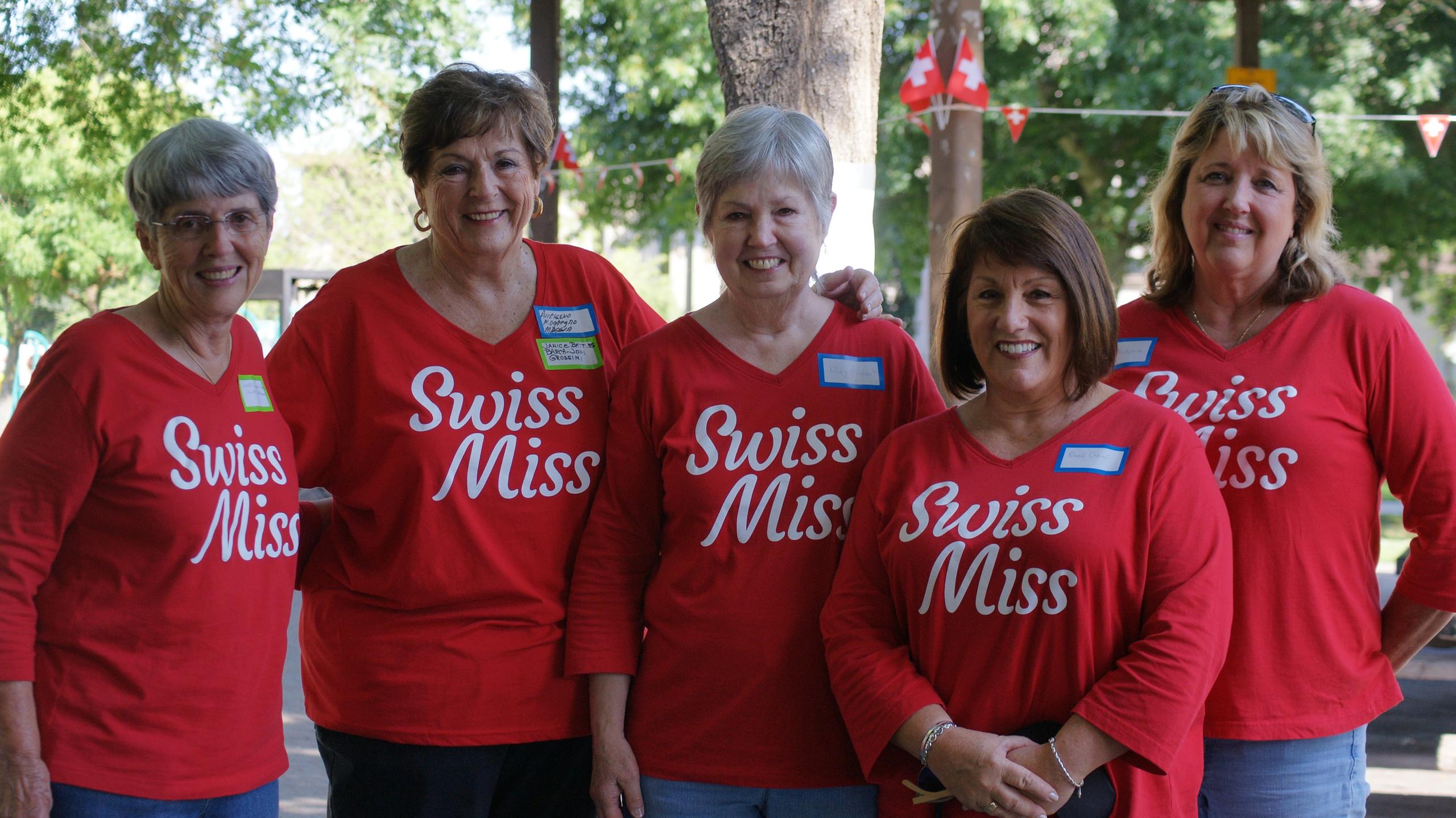
Over-the-counter DNA testing kits and genealogy websites have made the study of family ancestry one of the fastest growing hobbies in the US. One group of Californians has taken a more traditional approach in rediscovering their common Swiss-Italian roots.
The flags of Switzerland and its Italian-speaking canton of Ticino flap in the wind above three gazebos at Finley Park in Santa Rosa. This is where more than 120 people have gathered on a July weekend to find answers to questions about their forefathers, all who said goodbye to the rugged Maggia valley in the late 19th or early 20th century.
But, like any quest for answers, it often leads to more questions.
This holds true in the case of genealogy of families with roots in the valley. Troy Goss, part of the Cerini family who migrated to California from the village of Giumaglio in the 1890s, has spent every weekend for the past five years collecting, translating, and analyzing 15,000 parish records to build out his family trees. Now that he’s identified the 7,777th person and mapped the records of Giumaglio and neighbouring Coglio, he plans to do the same for Someo, a little further to the north.
Billion dollar industry
The availability of DNA testing kits and the ability to collect and analyze large amounts of information have helped spawn an industry worth more than US$2 billionExternal link globally and growing. In addition to big websites like ancestry.com and myheritage.com that use technology, DNA testing, and crowdsourcing to trace family histories, there are estimated to be more than 90 million individual genealogists worldwide.
The history of immigration in the US makes it fertile ground for the genealogy market. “America’s ancestry craze”, as Harpers magazine called it, stems from a desire to feel connected to something, understand where we come from, and provide a sense of identity.
The people gathered in Santa Rosa have a sense of shared identity with the stories they tell of the long journeys of their ancestors to California, where they started new lives. In the late 19th century and early 20th, the Swiss-Italian immigrants were mostly young men sent overseas by their families to work as farmhands and earn enough money to send back remittances.
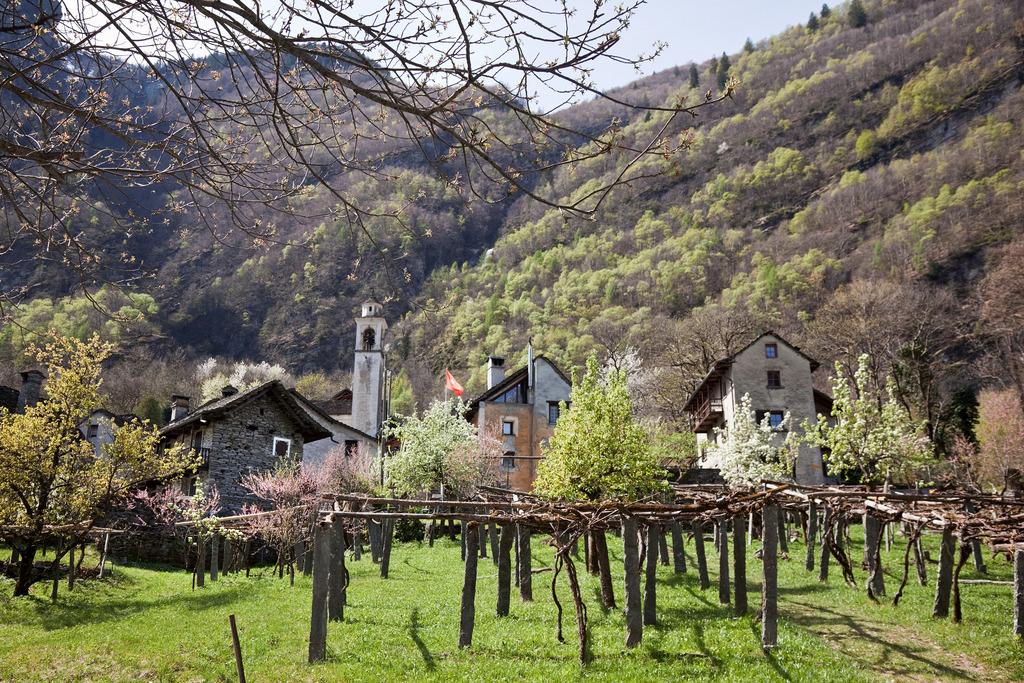
The people in the Maggia valley, along with those of three other north-south running valleys in southern Switzerland, were among the country’s poorest at the time, with most leading a hand-to-mouth existence.
The California gold rush, followed by improved transportation (rail and steamship), drew Europe’s underprivileged to the US in the hundreds of thousands. In Ticino alone, about one in five residents packed up and went to California in the space of a few short decades.
Among them were Troy Goss’ ancestors. His interest in genealogy began when he was just 19. After a death in the family, he became particularly interested in mapping his family history. “I asked my grandmother to share the names of family members and she came up with 700 on her own. I decided I wanted to explore my family history for my grandmother, who is now 99 years old.”
Returning to ancestral village
During his research he also wanted to see if there was a connection between his family in Sonoma County and another Cerini family in Tomales. He eventually found that the two families likely share ancestry from the early 17th century, a few generations before written records.
Other people such as Diana Neal and her cousins Howard and Cindy LaFranchi became interested in understanding their family roots because there was so much confusion about where their family came from. Howard went to the Maggia valley when he was a college student and found a Grotto LaFranchi and a cemetery with a headstone for “Laffranchi”, with an extra “f” and wondered if there was any relationship. This nagging curiosity is one of the reasons he and his cousins attended the reunion.
As people age, there is also a sense of urgency to find and document history before it is lost. This is what led Jeanette Tognazzi Sainz to travel to Valle Maggia at the age of 80 and create a book of her discoveries for her family. In digging through old documents, Jeanette found a letter from her grandmother addressed to her children with instructions to open after she passed away. Jeanette opened the letter and included a copy in the book.
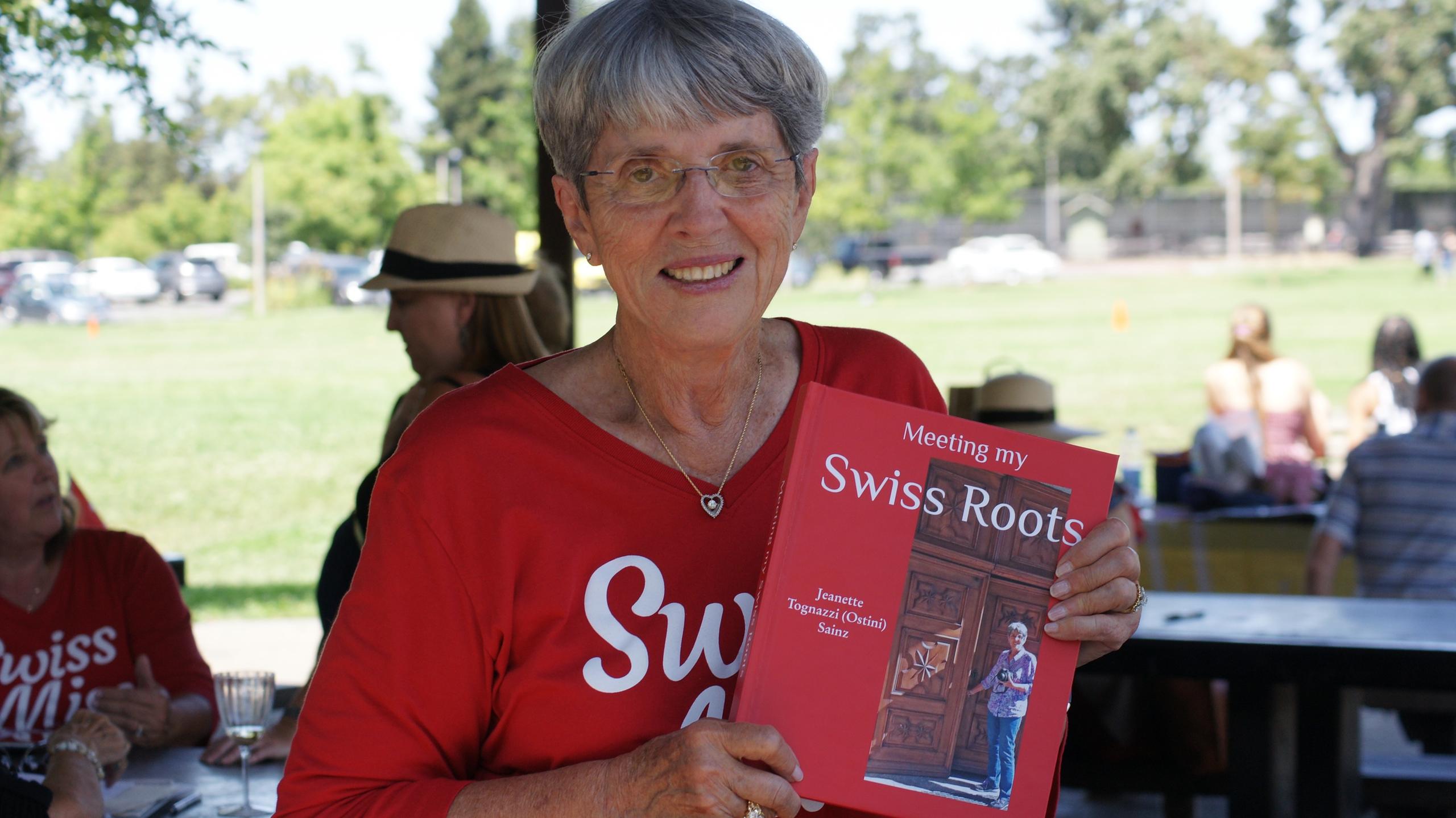
From enthusiast to expert
In the last decade since swissinfo.ch launched a migration blogExternal link for descendants of immigrants from Ticino to share their stories and questions, the field of Ticino genealogy has blossomed and along with it, a handful of genealogy enthusiasts turned experts has emerged. These people have amassed information on their own family trees as well as acquired expertise in how to collect this information.
Goss’ website, genealogue.netExternal link, traces family histories for more than 30 families including the Cerini and Sartori families of Giumaglio. The database houses information for more than 13,000 known or suspected relatives. Tony Quinn’s websiteExternal link includes a mapping of six family trees. Other people have posted their family trees to the “Valle Maggia families” Facebook group and helping others fill in gaps in their own trees.
They are also sharing tips on where to find records, how to interpret DNA results, and translate Latin. Goss told swissinfo.ch that he reviewed microfilm records from the Mormon Church’s family history librariesExternal link, which makes access to birth, marriage, and death records from more than 100 countries available to the public. He was able to validate this information and gather additional records from parishes during a trip to the Maggia valley a few years ago. He discovered that women were typically identified by their fathers in records such as those of marriages and deaths. Only baptism records and “stato d’anime” (if available) name the child’s mother.
Many of these expert and novice genealogists are adding their information to the expansive and searchable rootsweb.comExternal link to help others complete their family trees and find family members.
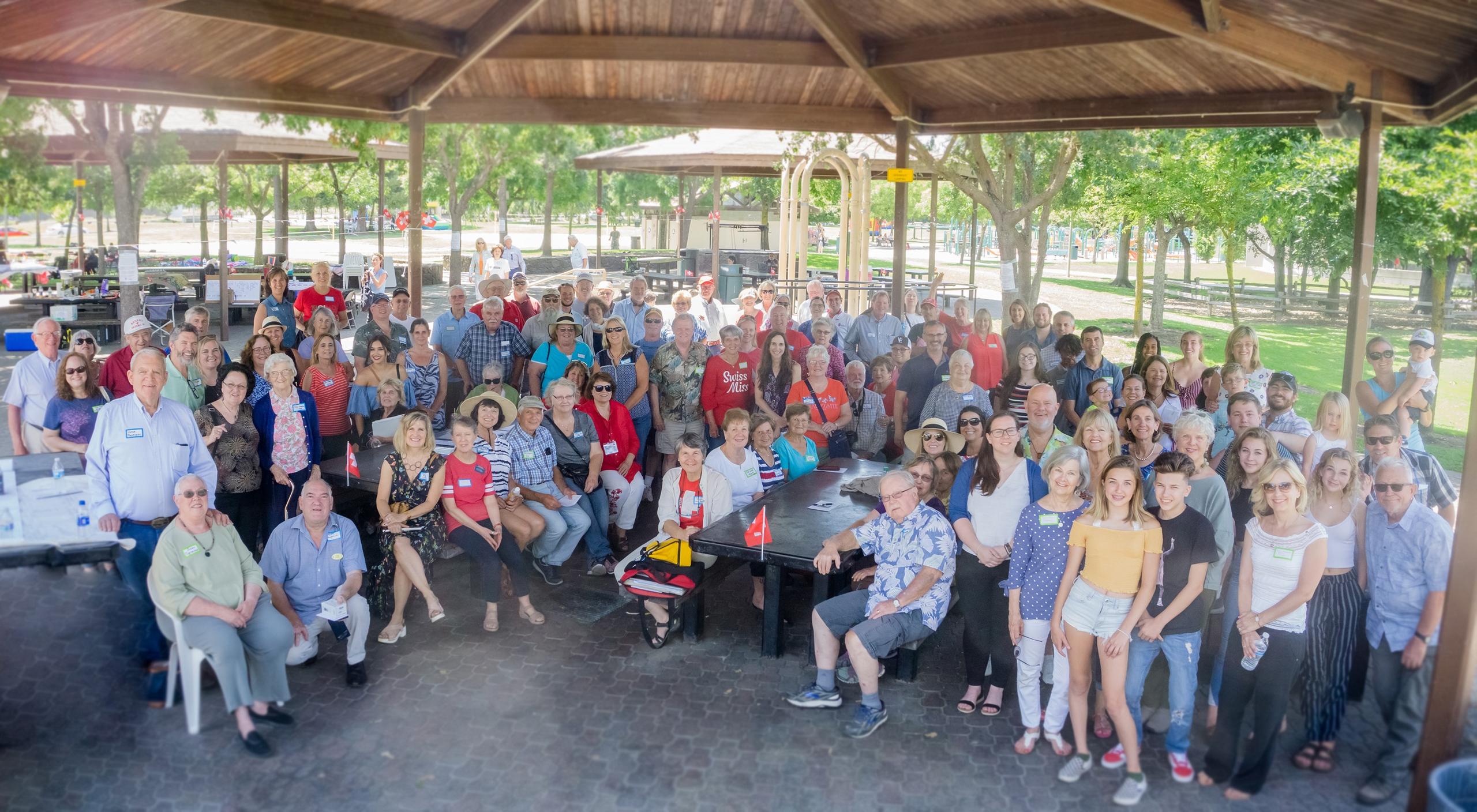
More
From the Swiss valley Maggia to the valleys of California
The unique traits of Ticino DNA
Quinn, who has been studying Swiss-Italian genealogy and authored a book about the emigration of three Swiss Italian families to California, told reunion attendees that genes of people from Ticino are very pure making them “good septic matter” for genealogists. Unlike many other Europeans, there was very little mixing with other groups. “Ticino is a particular good subject for DNA research because we know its earliest settlers, and its population remained very stable through the centuries,” he explains.
While this should make it easy to identify DNA of people from Ticino, Quinn says that “popular genetic testing companies such as ancestry.comExternal link often misread our origins because our ancestry goes back so far and these websites don’t often look beyond political boundaries. It is likely that these sites show that most people with Swiss-Italian roots are English or Irish because the Ticino River Valley was settled by a Celtic tribe known as the Leponti in 500 BC.”
The Visigoths also occupied all of northern Italy and Ticino before moving onto the Iberian Peninsula. This is why some DNA tests may show Spanish origins. Despite being under the control of several foreign powers, the population of Ticino was left relatively undisturbed throughout these occupations, according to Quinn.
“Ticino was part of the Kingdom of Lombardy for 500 years and then the Roman Empire from 1000 to 1515 but the region was only used as a buffer,” says Quinn. To many people’s surprise, “there is no genetic relationship between the Swiss Italians and Swiss Germans nor is there any DNA in common with people from the southern part of Italy. There is, however, a similar genetic makeup to people in Milan.” This purity explains why many Ticino descendants often find they are distant relatives.
The fact that many family names are associated with specific villages in Ticino also makes it easier to trace one’s ancestry and provides a sense of belonging that was on display at the reunion in Santa Rosa. With nostalgia and pride, many people shared photos of their ancestors in the villages, churches or houses where they grew up, and several even came away with answers and another branch on their family trees.
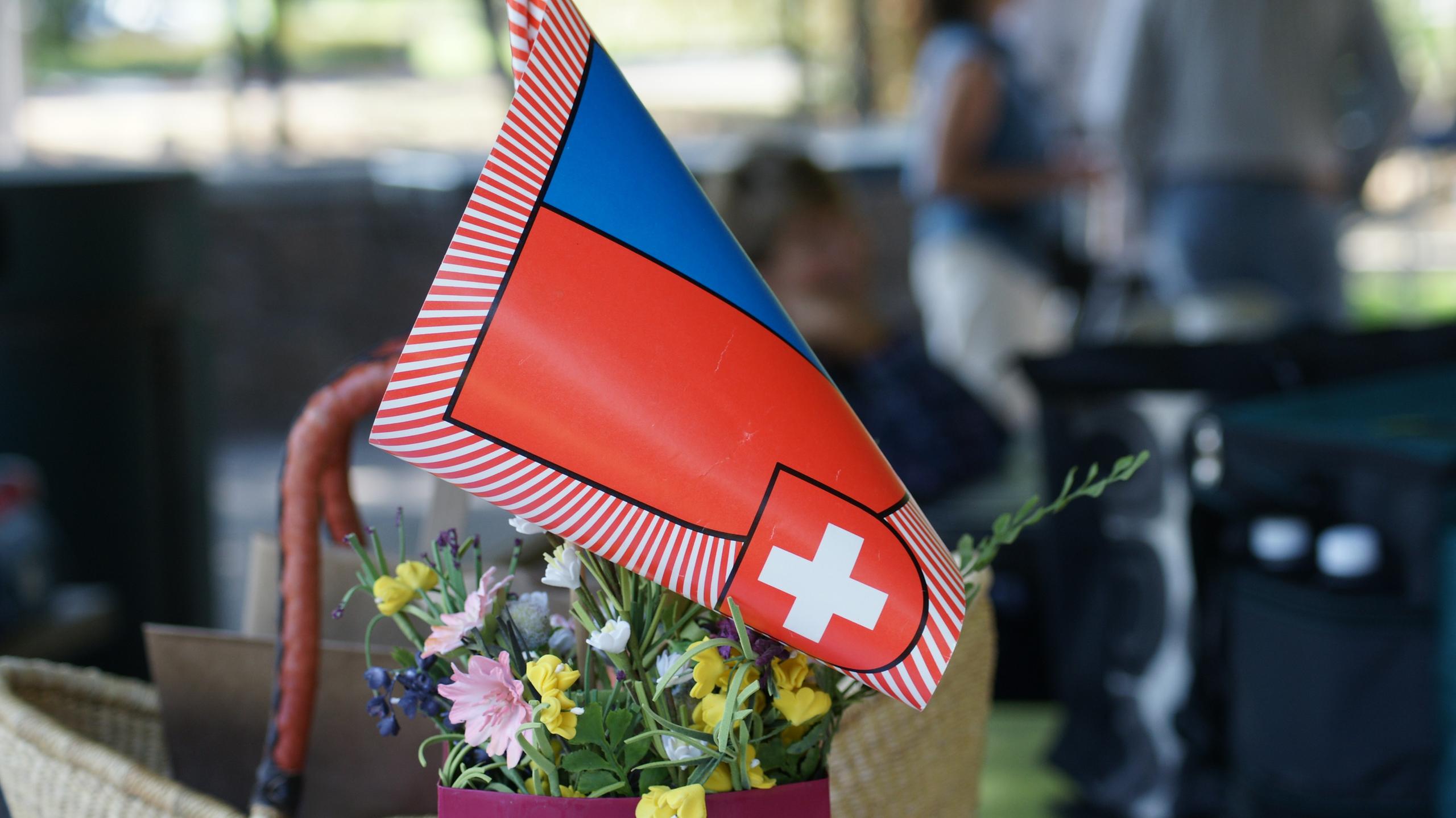
More
Descendants tell their family stories

In compliance with the JTI standards
More: SWI swissinfo.ch certified by the Journalism Trust Initiative

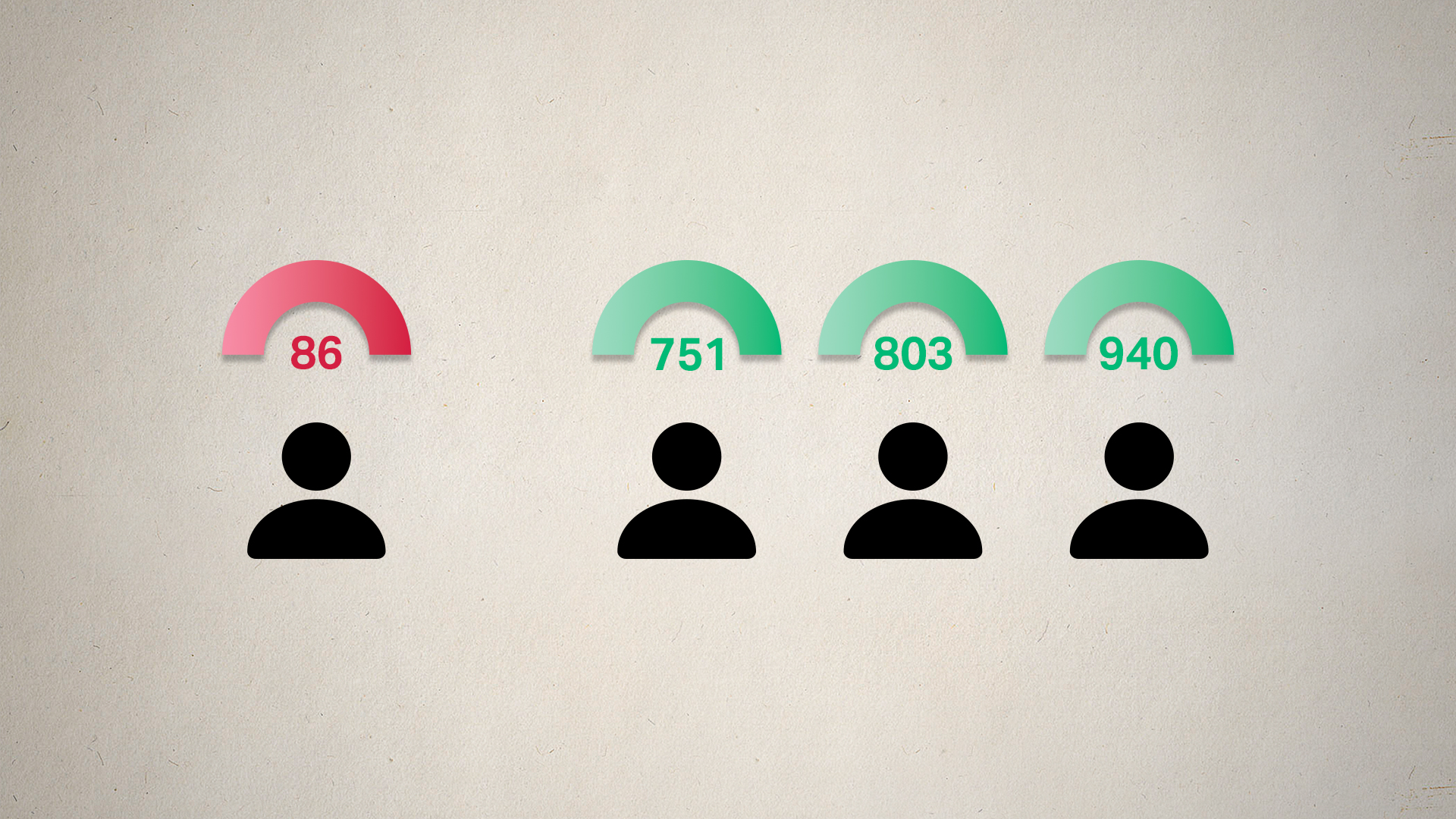






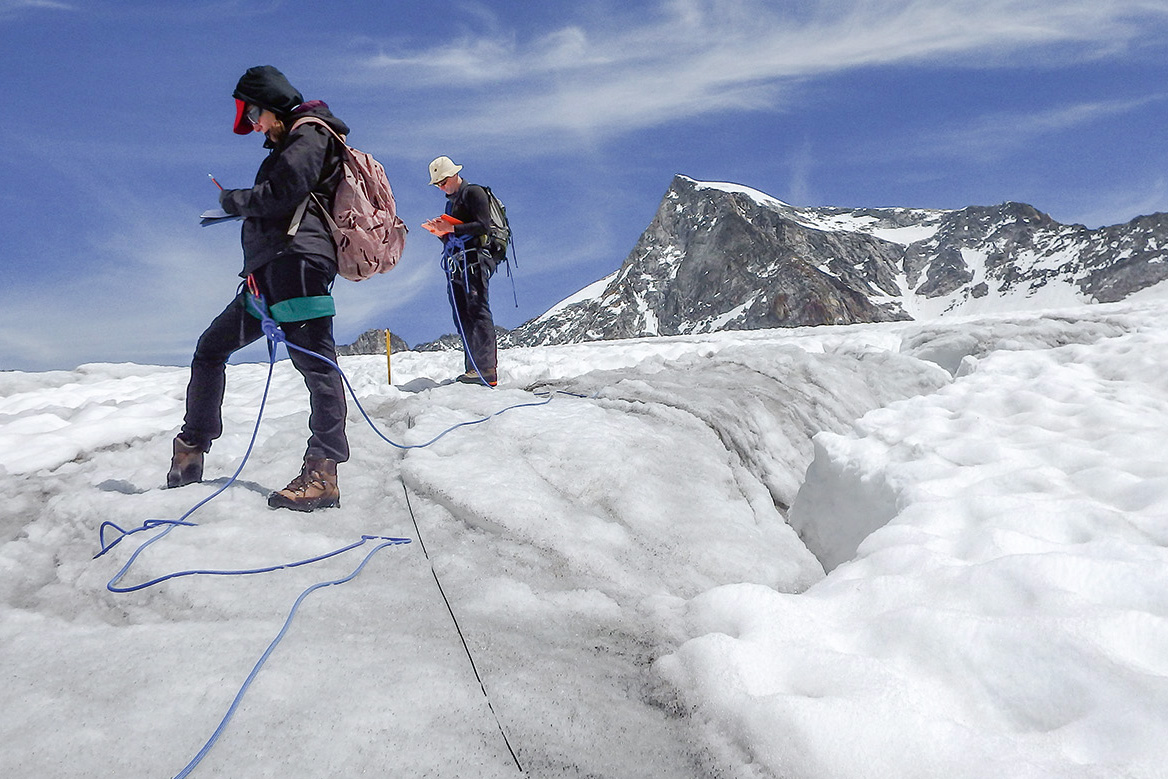


















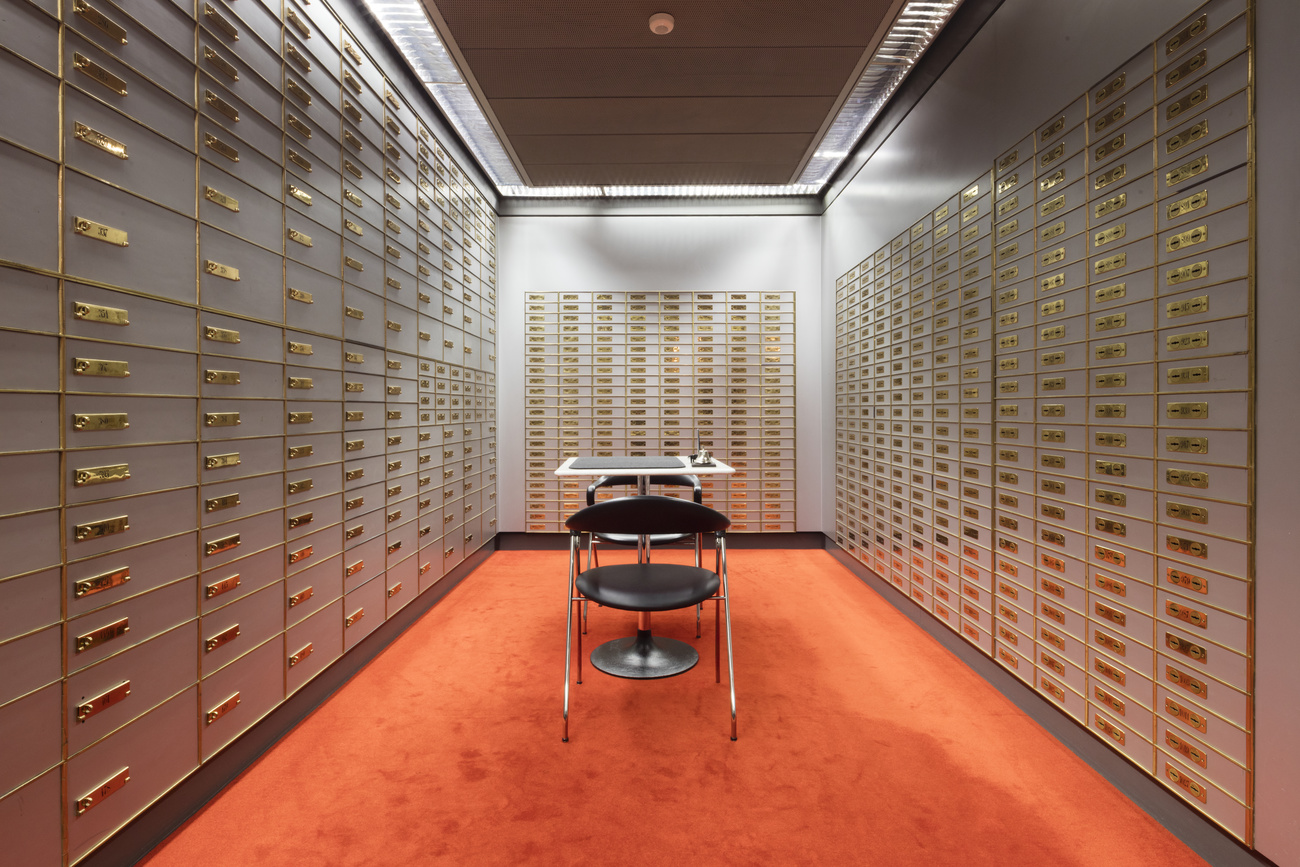



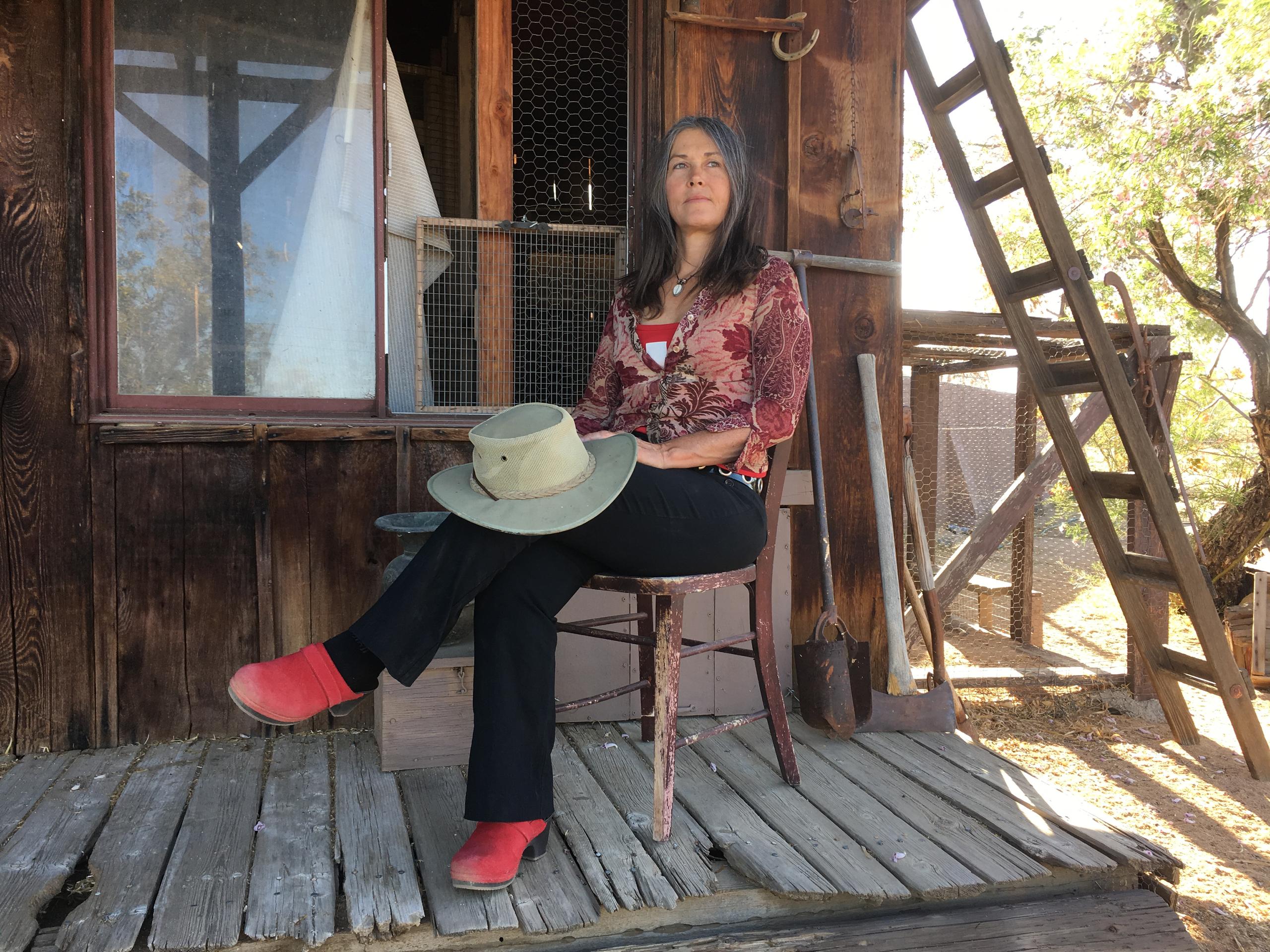

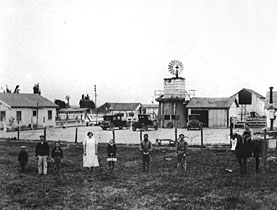
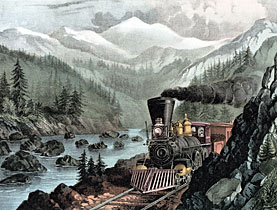

You can find an overview of ongoing debates with our journalists here . Please join us!
If you want to start a conversation about a topic raised in this article or want to report factual errors, email us at english@swissinfo.ch.